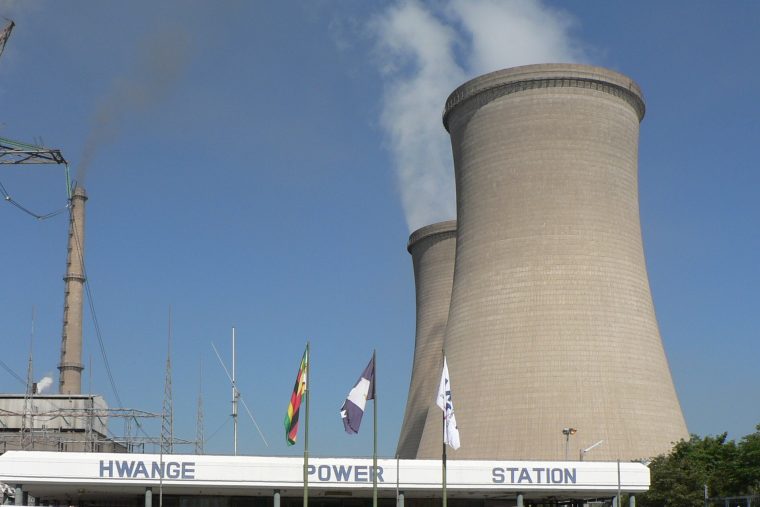Zimbabwe’s power demand has fallen by nearly 40 percent over the past decade, an official has said, the result of the decimation of industry over years of economic decline.
In the past two years, the country has rolled out programmes to rehabilitate and expand power plants, including the $553 million Kariba south hydroelectric 300MW power plant facelift, which is projected to come on line in 2018.
However, some of the contracts have been handed over to dodgy dealers which questionable expertise in energy projects.
An investigation early this month showed that the government awarded the critical power projects to middlemen accused of drug trafficking, and awarded big contracts to companies that are bankrupt or facing corruption charges.
The bulk of these contracts have gone to Intratrek, whose executive chairman, Ibrahim Yusuf, has a history tainted by drugs charges in Zambia and even the sale of unapproved circumcision devices in South Africa.
The government says it hopes to resume power exports by 2019, once ongoing rehabilitation and expansion of power plants is completed and new turbines are brought on line.
Patson Mbiriri, permanent secretary in the Ministry of Energy and Power Development, told mining executives at a Chamber of Mines meeting last week that the country’s power demand has declined to about 1 400 megawatts, about 37 percent, from about 2 200 megawatts about in 1999.
“Our demand is 1 400 megawatts a day, but we are generating 1 000 to 1 200 megawatts on a good day. We have a deficit of 400 megawatts a day,” said Mbiriri, adding Zimbabwe was importing as much as 300MW from South Africa’s Eskom to help cover the gap.
The government wholly owns national power producer, ZESA Holdings Limited, whose capacity to meet demand has been undermined by ageing plants and currently produces half of the 2 200 megawatts peak demand.
“We should be self-sufficient in terms of power in 2018 at the latest in 2019,” said Mbiriri.
“Once we are self-sufficient maybe in 2019, we may be able to export. Eskom is currently giving us 50 megawatts during the day and 300 megawatts at night. Hwange has been relatively doing well. Today it is doing 500 megawatts, and is slowly coming out of the woods.”
Zimbabwe has been gripped by power cuts for many years, which has paralysed industry and mines, while forcing households to endure rolling outages.
Electricity supply has, however, improved across the country since last December, due to imports and diminishing demand as the country’s deindustrialization continues apace.-The Source
(159 VIEWS)







0 Comments